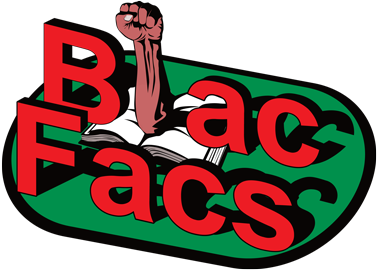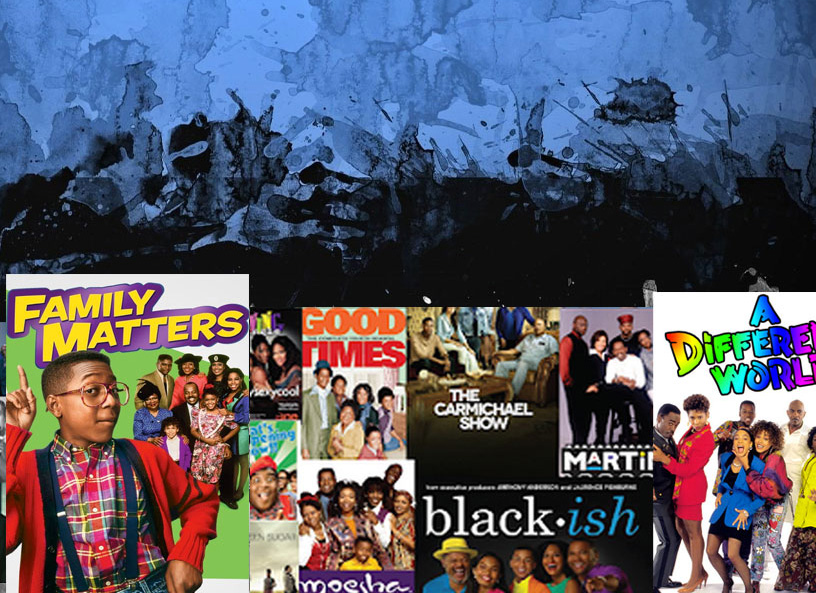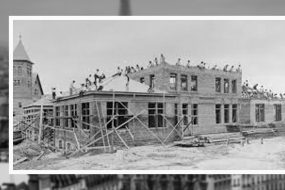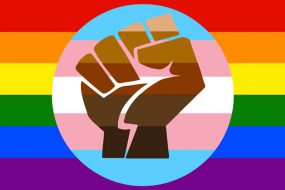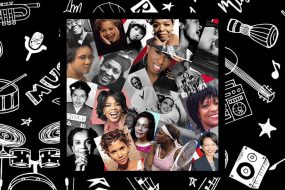Black Arts Movement Free
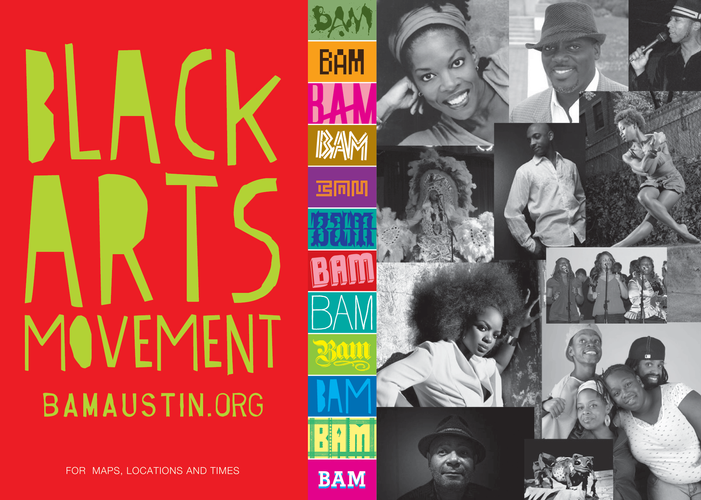
Black Arts Movement
Who was the scholar who stated that the Black Arts Movement was the “shortest and least successful' movement in African American cultural history?"
Henry Louis Gates

In an article in Time magazine, Black Creativity: On The Cutting Edge (1994), Henry Louis Gates wrote these controversial words to which many scholars during the time and since then have taken issue.
What Black Arts writer proclaimed in an essay entitled, "The Black Arts Movement," that the Black Arts was the "aesthetic and spiritual sister of the Black Power?"
Larry Neal

Larry Neal in his 1968 essay, The Black Arts Movement, was influential in defining and describing the relationship of the Black Arts Movement to the radical Black Power Movement.
What is the largest independently owned Black press in the country and was highly instrumental during the Black Arts Movement in pushing to the fore, many revolutionary writers of the period?
Third World Press
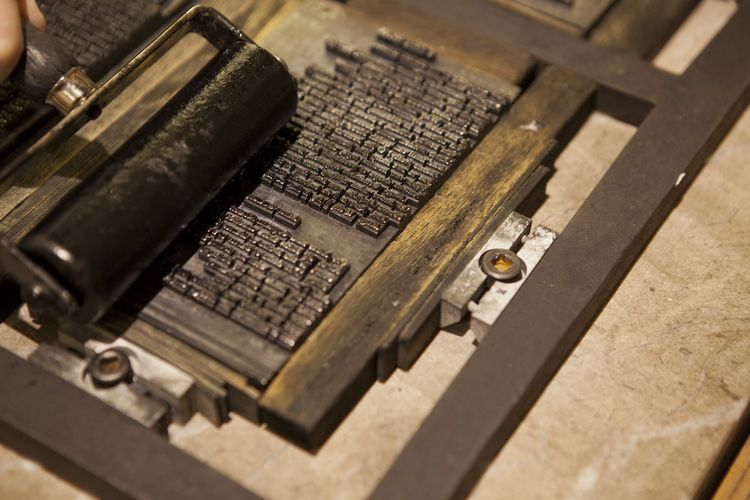
Third World Press, started by Haki Madhubuti, Carolyn Rodgers and Johari Amini, was critical to the Black Arts movement and beyond.
What was the first scholarly journal to promote Black Studies in the university setting?
The Black Scholar

The Black Scholar was established in 1969 by Robert Chrisman and Nathan Hare to promote Black Studies.
Which of these musicians was NOT popularly associated with the Black Arts jazz scene?
Quincy Jones
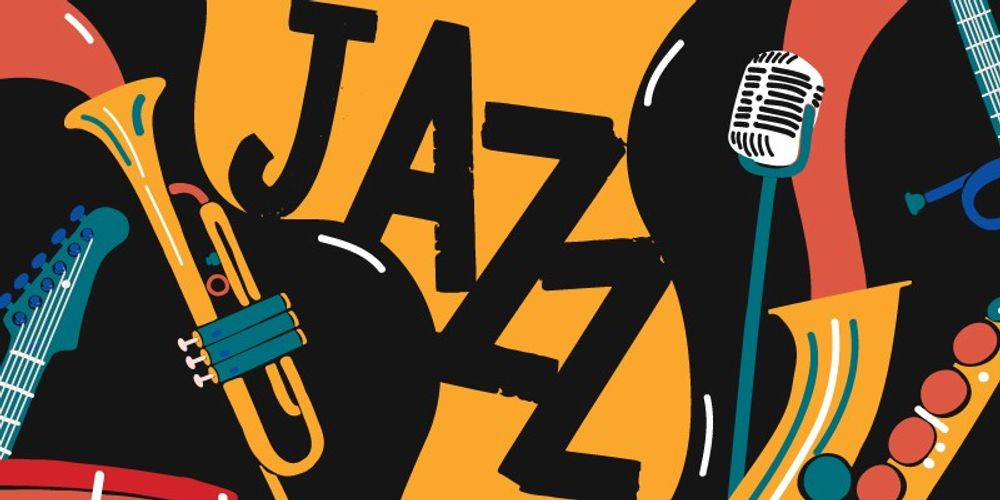
Quincy Jones, while around in the 60s and 70s, is not noted for participating in the Black Arts Movement. Instead as a record producer, musician and film producer, Quincy Jones is best known as a composer and record producer for legendary musicians such as Frank Sinatra, Michael Jackson, Celene Dion and Aretha Franklin.
What was the name of the Revolutionary Black theatre company initiated by Amiri Baraka?
The Black Arts Repertory Theatre

The Black Arts Repertory Theatre of Harlem was started in 1965 by Amiri Baraka and is said to have formally established the Black Arts Movement.
One of the primary reasons for the decline of the Black Arts Movement was the shift of a number of figures from Black Nationalism to what political philosophy?
Marxism
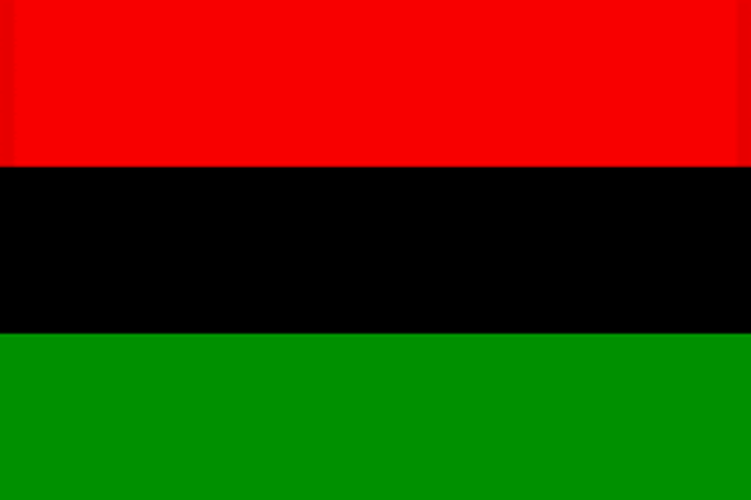
Amiri Baraka is recognized as founder of the Black Arts Movement during the 60s and by the mid-70s his political movement to Marxism started the demise of that same movement.
Who is the Black woman poet whose first publication, Black Feeling, Black Talk, was a self-published collection, but who rose to be one of the foremost poets of the Black Arts Movement and was more than once on the New York Times best-seller list?
Nikki Giovanni
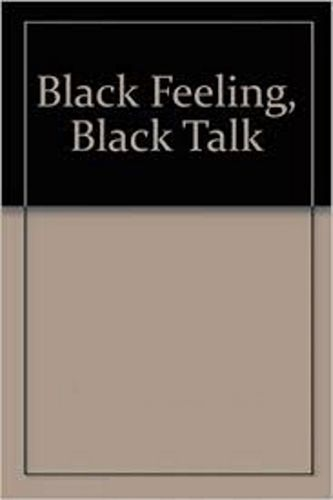
Nikki Giovanni, born Yolande Cornelia Giovanni in Knoxville, Tennessee, was one of the most recognized revolutionary poetic voices of the 60s and 70s.
Who was named Poet Laureate of East St. Louis (IL) in 1976, the same year his provocative book, Drumvoices: The Mission of Afro-American Poetry was released?
Eugene Redmond
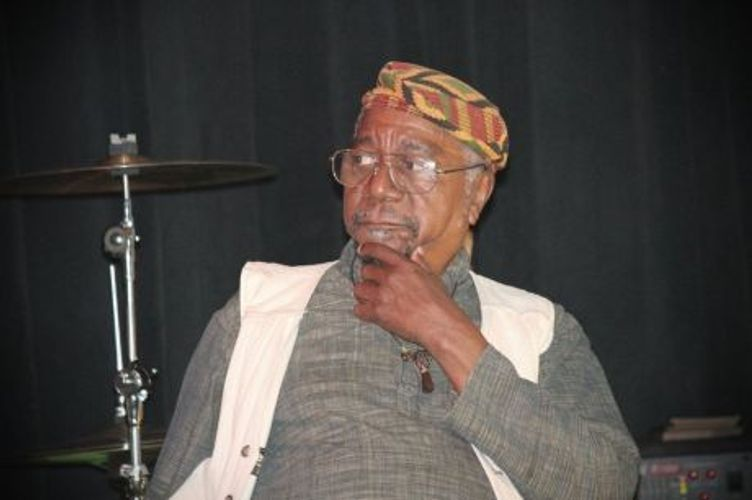
Eugene Redmond, Poet Laureate of East St. Louis, was a prolific writer during the Black Arts Movement and beyond publishing six poetry collections, editing two anthologies of African-American poetry and eight collections by Henry Dumas. Redmond is also known for his numerous contributions to various journals and anthologies.
Serving a sentence of eight years in the Indiana State Prison, who began to write poetry and ultimately joined the ranks of recognized poets of the Black Arts Movement?
Etheridge Knight
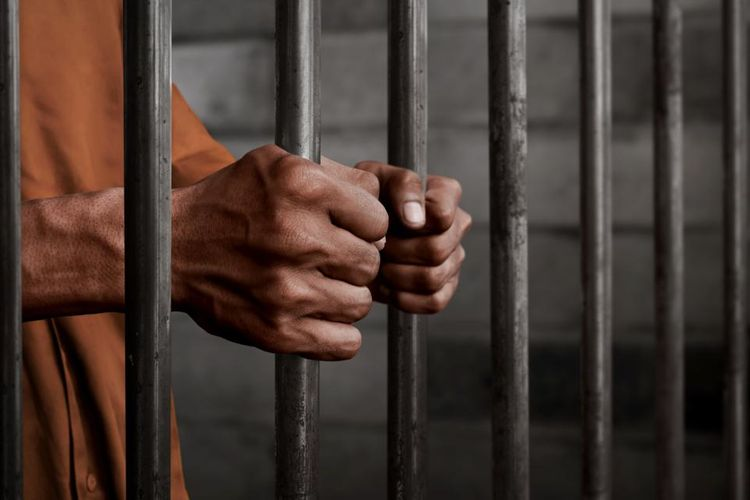
Etheridge Knight was arrested in 1969 for robbery and during his sentence began to write poetry and was virtually discovered by publisher Dudley Randall and poet laureate of Illinois, Gwendolyn Brooks.
In 1965, provocative poet and playwright, LeRoi Jones, changed his name to what?
Imamu Amiri Baraka

In 1965, LeRoi Jones changed his name to Imamu Amiri Baraka, which means “Blessed Spiritual Leader”; he then dropped the spiritual title Imamu when he became a Marxist Leninist in 1974.
What woman writer’s play, also called a choreopoem, was published in 1977 and became an instant classic earning an Obie Award as well as Tony, Grammy, and Emmy Award nominations?
Ntozake Shange
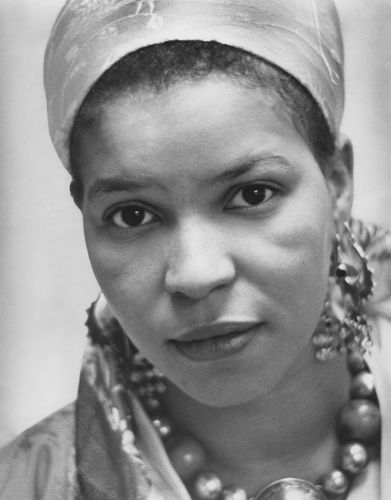
Ntozake Shange, born Paulette Williams, authored a host of poems and plays during her writing career and won numerous awards, but her choreopoem, for colored girls who have considered suicide/when the rainbow is enuf, was the sustaining work performed by an ensemble of seven African American women. It is comprised of monologues and poetry that highlights the pain and struggle Black women face in American.
What was the title of the multi-genre collection of works featuring the “first wave of Black Arts writers and thinkers?”
Black Fire
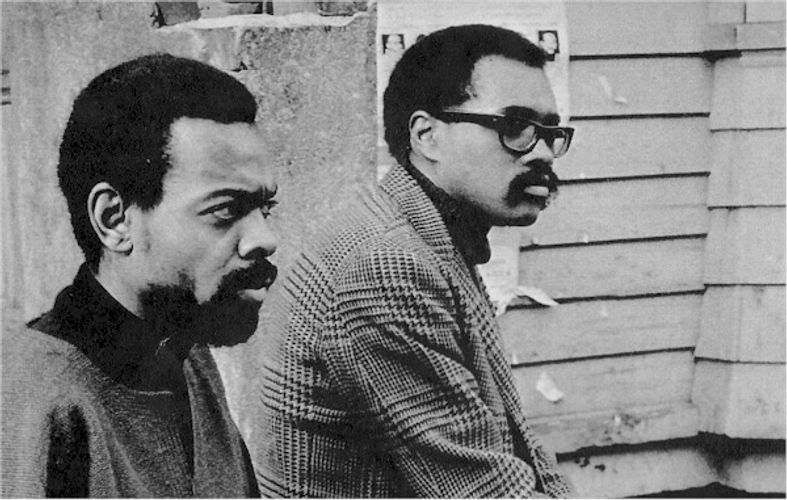
Black Fire (1968), edited by Amiri Baraka and Larry Neal, continues to stand as the definitive work of the Black Arts Movement.
What was the name of the publishing company started by poet Dudley Randall in Detroit, Michigan?
Broadside Press

In 1965, Dudley Randall started the pioneering Broadside Press, which published many of the revolutionary writers of the era.
What was the name of the revolutionary political faction that paralleled the Black Arts Movement which served as the cultural/artistic faction?
The Black Panthers
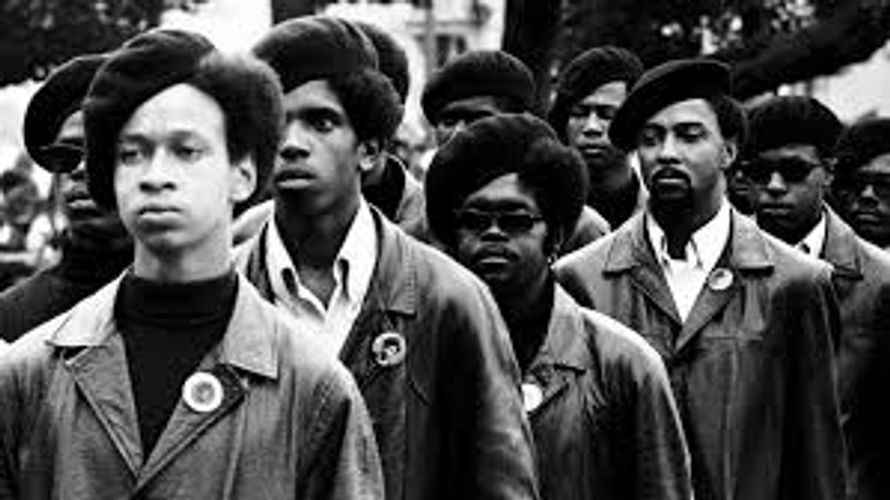
The Black Panthers or Black Panther Party was originally called the Black Panther Party for Self-Defense, the revolutionary political organization founded by Bobby Seale and Huey P. Newton in 1966.
Who was the poet who was shot and killed by a New York City Transit Police in what many say was a case of mistaken identity before he achieved his literary potential? Most of his best works were published posthumously.
Henry Dumas

Only a few of Henry Dumas’ poems were published in small magazines and journals before his death in 1968. However. Eugene B. Redmond, executor of Dumas’ literary estate, assured that various collections of Dumas’s works were published, including Poetry for My People, in 1970 by Southern Illinois University Press, where Dumas worked before his death.
The Black Arts Movement was the artistic and cultural side of what political movement?
Black Power Movement
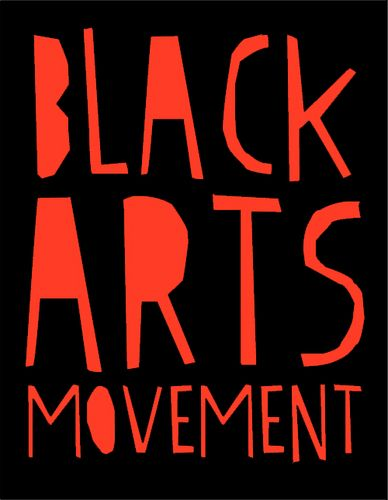
Embedded in the artistic works of the Black Arts Movement were the revolutionary perspectives and ideologies of the Black Power Movement.
Who was formerly known as Don L. Lee and became a noted poet, publisher, editor, speaker and educator during the Black Arts Movement and beyond?
Haki Madhubuti

Haki Madhubuti, founder of Third World Press, became author of over 30 book and one of the world’s best selling authors of poetry and non-fiction, with books in print in excess of 3 million.
The assassination of what important figure is often said to have launched the Black Arts Movement?
Malcom X

The assassination of Black nationalist figure, Malcolm X, in 1965 is often associated with the beginning of both the Black Arts and Black Power Movements.
The Black Woman, the first major Black feminist anthology, was edited by whom?
Toni Cade Bambara

The ground-breaking, The Black Woman, published in 1970, was edited by Toni Cade Bambara and featured work by, Nikki Giovanni, Abbey Lincoln, Audre Lorde, Paule Marshall, Gwen Patton, Alice Walker, and a host of others.
What scholar is considered the “father of Black Studies” but was dismissed from Howard University after increasing involvement in the Black Power movement? to found with Robert Chrisman, "The Black Scholar", "the first journal of black studies and research in this country."
Nathan Hare

Nathan Hare published The Black Anglo Saxons in 1965 and was dismissed from Howard in June, 1967; he went on in 1969
What was the writers’ organization which included among others, Maya Angelou, Rosa Guy and Sarah Wright that focused more on fiction than on poetry?
Harlem’s Writers’ Guild

Although founded in 1950, The Harlem’s Writers’ Guild, started by John O. Killens was an active contributor to the Black Arts Movement and in 1977 was recognized by the United Nations Society of Writers.
Which of the following was NOT a publisher of African American creative works during the era of the Black Arts Movement?
New Black World Press

The New Black World Press was NOT a publisher during the period of the Black Arts Movement; Broadside Press was started by Dudley Randall, Third World Press, by Haki Madubuti and Lotus Press by Naomi Long Madgett.
What is popularly recognized as the time frame of the Black Arts Movement?
1960s-1970s

The time period for the cultural and artistic Black Arts Movement is somewhat fluid; however, it is relegated to the corresponding political Black Power Movement of the 1960s and 1970s.
The African American holiday, Kwanzaa, was created in the midst of the Black Arts Movement by whom?
Maulana Ron Karenga
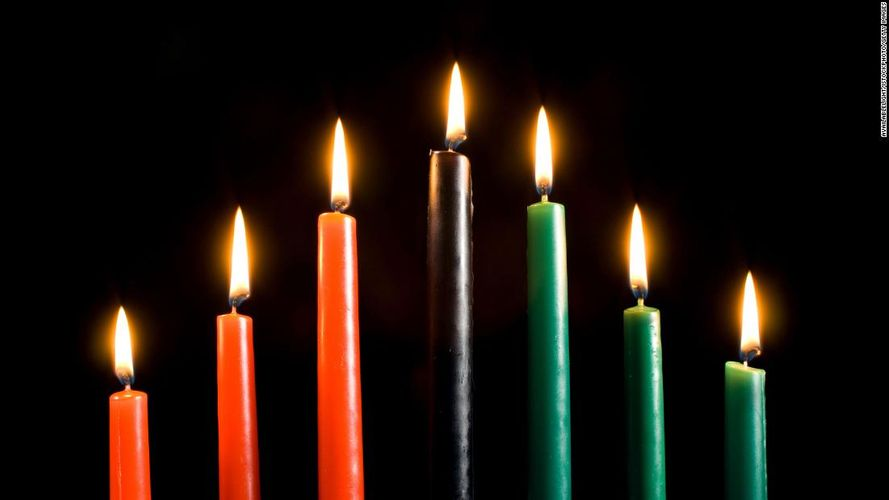
Maulana Ron Karenga was an African-American professor of Africana studies, an activist and author who created the African inspired holiday, Kwanzaa, in 1966.
Here you will learn about the arts and activism of the important African American movement of the 1960s and 70s, which instilled Black pride, Black power and created new cultural institutions.
Related Posts
Login
Upgrade your Membership
This Quizz Only For Paid Members
Upgrade Your Account First
